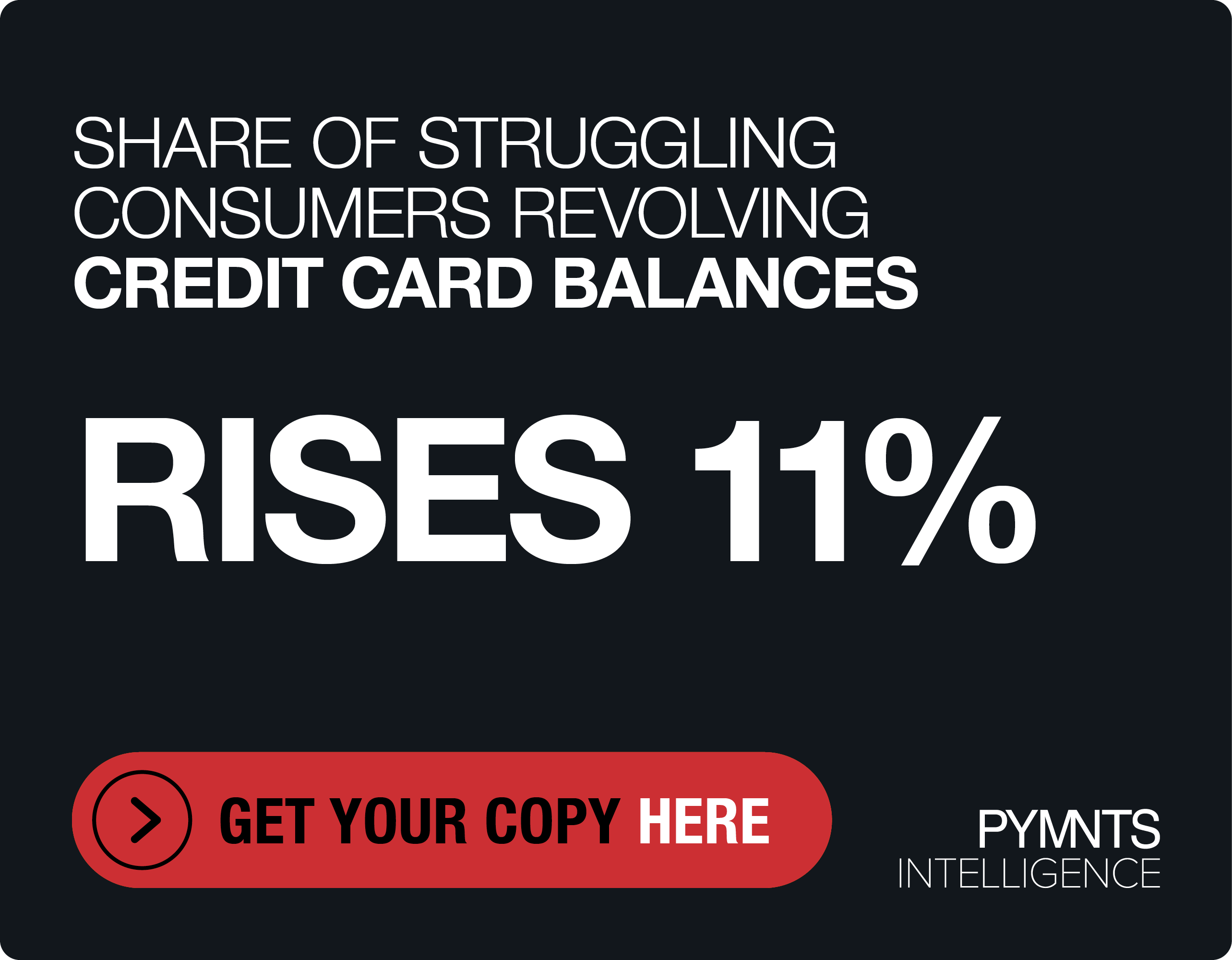A Brave New World Of (Push) Insurance Payments

Push payments have been one of the more talked-about terms in the marketplace over the last year, with many industries and companies taking the leap into the Instant Money Economy. But for insurance companies, old habits die hard, as they cling to the paper check to pay claims. It’s a terribly inefficient process for the company, and no customer wants to wait around for a paper check when they need it for a doctor bill, to repair their car or for damage to their home.
Push payments have been one of the more talked-about terms in the marketplace over the last year, with many industries and companies taking the leap into the Instant Money Economy. But for insurance companies, old habits die hard, as they cling to the paper check to pay claims. It’s a terribly inefficient process for the company, and no customer wants to wait around for a paper check when they need it for a doctor bill, to repair their car or for damage to their home.
In the latest installment of the “Kill the Check” series of podcasts, Ingo Money CEO Drew Edwards told PYMNTS” Karen Webster that insurance as an industry is ripe for an overhaul when it comes to payments, and indeed, push payments may go a long way toward improving the customer experience.
Edwards says that when it comes to push payments, the concept is simple: “You should be able to get paid using the same cards or credentials you use to spend money. The payment rails just work in reverse. If I owe you money, you can give me your debit card and I can push it straight into your account.” Edwards noted that in the case of Ingo, they can deliver instant funds to billions of consumer end points – including mobile wallets and as many as 40,0000 cash-out locations for those who do not have bank accounts – for true payments ubiquity and reach.
Edwards reinforced the changing sentiment around paper checks and growing consumer need for instant payments, especially for insurance: “I can’t think of anybody who actually wanted the check. And probably the more ‘just in time’you are or the more you live paycheck to paycheck — which is over half of America – the less you wanted the check.” He went on to describe for Webster the unique dynamics of insurance that make instant payments so important.
“Think about insurance – all of us buy it, and none of us really want to actually need it. But when we do need it, it’s because a tree fell on our house or your child wrecked your car or you have some health emergency. The last thing you want to do is have to wait on your money. If you are a just-in-time consumer you have to go through the process of filing a claim and then you’ll get mailed a check.” Then the consumer, of course, has to take that physical, tangible check and go get money that is tied up in it, perhaps, to pay for the car insurance.
Webster related a recent claims saga of her own, having lost a piece of jewelry while travelling. After calling the broker, she received payment in full for the jewelry. But she had to wait 10 days before getting a check. The customer experience was ideal in terms of processing the claim, said Webster, but in terms of paying the claim (and even eventually getting around to cashing the check), the cash-flow process could have, and likely should have, been smoothed, sped up and streamlined.
Edwards agreed, noting that: “The moment that you were approved, right then and there, they should have been able to take your card number right over the phone” and settled the claim. Or the insurance company could have sent Webster an email, with a link, and asked how she wanted to be paid.
He also explained that beyond the customer speed and experience advantages, insurance companies can benefit from push payments. With costs as much as $6 to $10 to process and mail a check, Edwards is right to point out the significant cost savings available using push payments. Altogether, these savings when combined with happy, loyal customers accrue to a competitive advantage in the marketplace.
Alluding to “InsurTech” as a subset of FinTech, Edwards said the insurance industry is “in the middle of getting disrupted,” with mobile-only insurance companies popping up that are all about instant online emergency claims payments.
Edwards acknowledged that, “Insurance is one of the oldest, most complicated, most conservative industries, unlike the new economy or Uber and Lyft … who never produced checks. And [they] have multiple points of contacts across repair shops, Treasury functions and the like.” To help ease the adoption of push payments – to make it simple for the insurers to take a card number over the phone and process the payment right away – he said that Ingo “focuses on the bridges … to make instant money a service.” In this way, firms can deliver a batch file with a million payments, along with notifications to the insured that say, “Hey we owe you money, how do want to get paid?”
He also noted that for insurers tempted to build such functionality alone, it’s complicated and expensive with the need for sponsor banks, money transmitter licenses, and fraud and risk control. Edwards said partnerships with companies like Ingo can speed time to market for the bigger insurance firms. By tapping a partner with a ready-made push payments solution, these big firms can more quickly roll out a modern claims payments experience for their customers and begin saving money faster.
